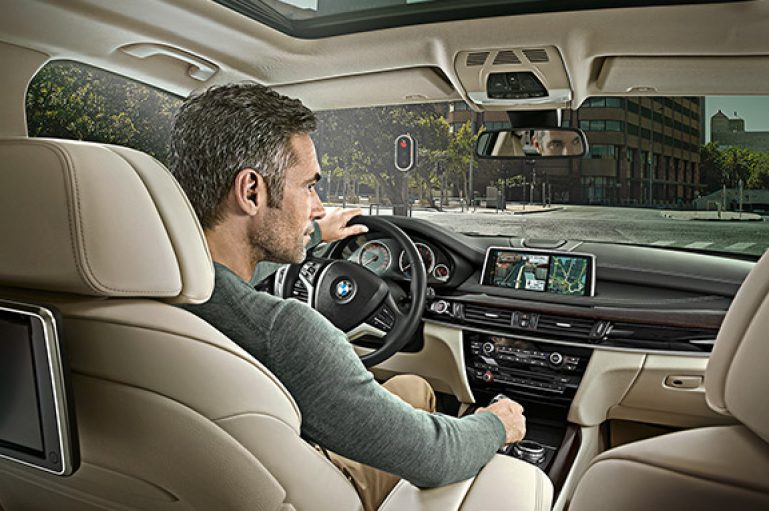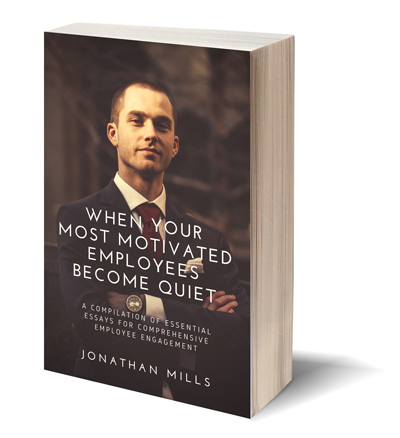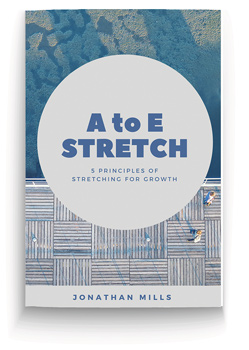I have always been fascinated with motor vehicles, especially in the last decade or so. Technological advances have really accelerated, primarily as a result of huge investment into motor sport (e.g. Formula One), but also through the quest for innovative excellence in most of the top brands. Quite apart from all the usual safety features (like ABS, airbags, crash sensors, dynamic stability control, etc.) and connectedness features (like internet, Bluetooth, personalised internet radio, e-mail, GPS navigation, etc.), of particular interest in the latest BMW models is the option of Connected Drive Driver Assistance, “a co-driver who thinks ahead”. The feature apparently combines camera-based lane departure and collision warning systems and, from a speed of approximately 70 km/h, draws the driver’s attention to an unintentional lane change by means of slight vibrations in the steering wheel. Collision warning detects cars ahead and warns of an imminent risk of collision. It even detects pedestrians and the brakes are applied if necessary. For those drivers that struggle with parallel parking, the system measures any parking gaps – when a large enough gap is found, Park Assist will do the steering for you while you just operate the accelerator and brake pedals. The assistance system also informs the driver of the speed limit and no-overtaking zones – a special camera registers relevant traffic signs so that, together with the rain sensor, variable speed limits that apply in wet conditions are also registered. The technology now exists for the car to drive on its own – just sit back and relax!
The same investment, effort and expertise that have been applied to the development of the motor vehicle don’t seem to have been invested in the development of the human being, particularly in the work environment. Perhaps within a family context, many parents have invested themselves and a lot of money in education, a good upbringing and a socially stable environment to give their children the best chance of success, but this has not always been true of the work context. The leadership of many companies seem to adopt the stance – “you get paid to work, so get on with it”. Very little assistance seems to be given to the employee in terms of navigating through the work journey. Apart from being told what to do, they are otherwise left alone – with no crucial conversations focused on career development, further education, leadership and other people management skills. As such, the work journey is not as meaningful as it could be.
Employees, however, can assist themselves – navigation through the work journey requires employee involvement. Some of the following factors could assist in developing a meaningful journey:
- Establish the right direction – I have found that finding the right mentor to assist with appropriate questions regarding the course my life should take have been extremely helpful interventions in my journey.
- Define the necessary skills – understand what skills you will need if you are to achieve your goals. Ensure that you undertake training to start closing any skills gaps that are evident.
- Appoint a coach to hone the skills – there are but a few people in the world who are able to enhance their own skills without any form of assistance. A coach (often a willing manager in the company) gives guidance, stretches one and holds one accountable for practice and ensuing results.
- Read extensively – the library (physical or internet-based) is a seemingly bottomless information bucket. Disciplined reading will broaden the mind and give insight into leadership, interpersonal and interaction principles for guidance for your journey.
- Hold development conversations with your boss – these crucial conversations are essential for charting development plans and possible training. They also demonstrate willingness and a desire to improve.
- Visit other industries – cross-industry tours broaden the mind and stimulate new thinking, new ideas.
Focus on navigating through your work journey, with assistance. As technology has been developed in top motor manufacturing brands to make driving more safe and pleasurable (driver assistance), the employee needs to surround himself or herself with as many resources as possible to navigate through his/her work journey (employee assistance). The assistance will make work more meaningful and potentially accelerate a career.










